Mars, the fourth planet from the sun, has always intrigued humans with its reddish glow in the night sky. Known as the “Red Planet,” Mars holds many mysteries. From its giant volcanoes to the possibility of ancient life, Mars is full of surprises. Scientists and space enthusiasts all over the world study Mars and theorize over the possibilities of life on this far-away planet.
1. Mars Has the Tallest Volcano in the Solar System
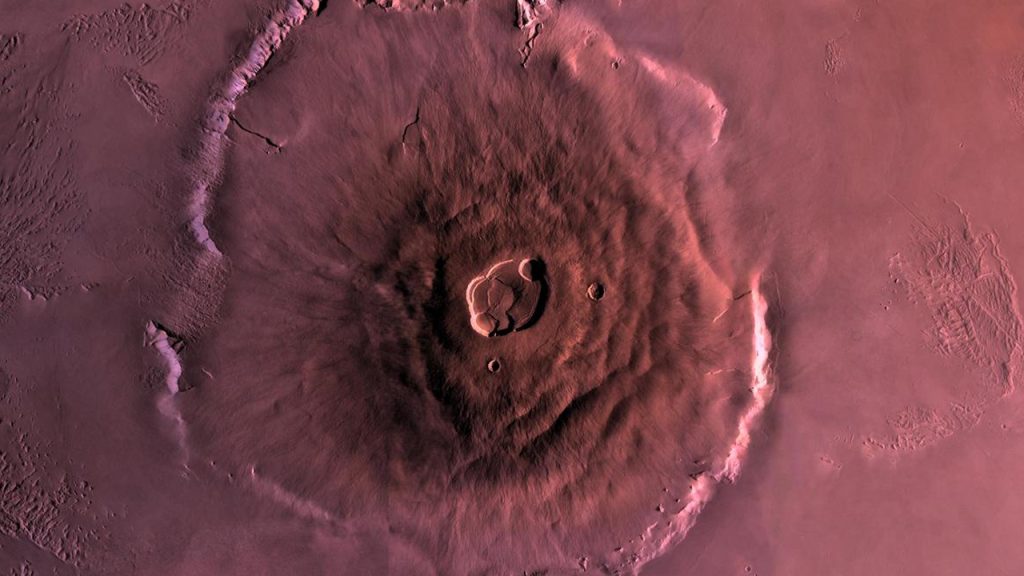
Olympus Mons is a shield volcano on Mars that stands about 13.6 miles (22 kilometers) high, which makes it nearly three times the height of Mount Everest. This gigantic volcano is about 370 miles (600 kilometers) in diameter, roughly equivalent to the size of the state of Arizona.
2. Mars Experiences Dust Storms That Can Cover the Entire Planet

Mars is known for its massive dust storms, which can last for months and cover the entire planet. These storms are the largest in the solar system and can significantly affect Mars’ atmosphere and surface.
3. A Day on Mars Is Just Over 24 Hours
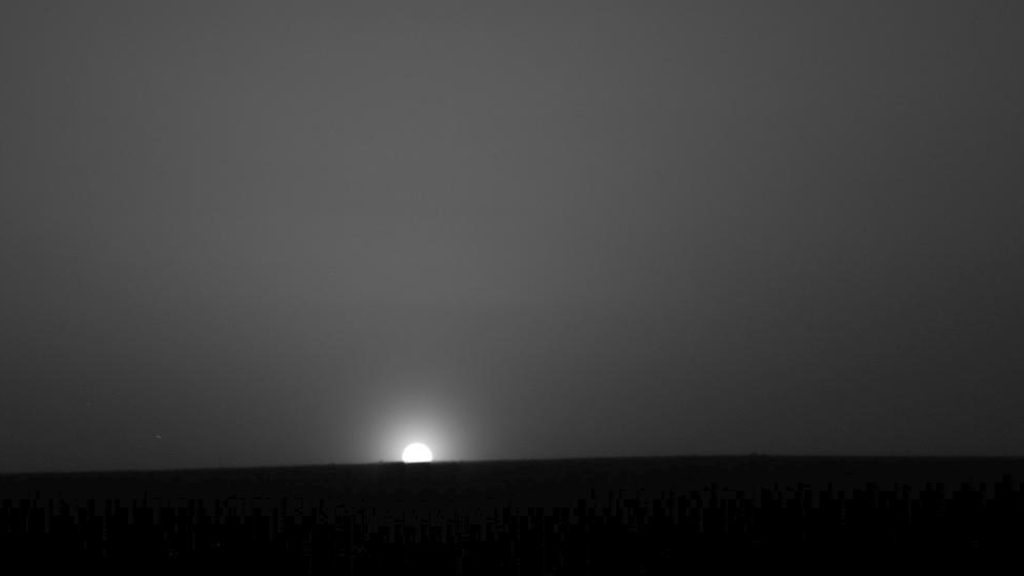
A day on Mars, known as a “sol,” is 24 hours and 37 minutes long. This means that a day on Mars is just a bit longer than a day on Earth, making the Martian day quite familiar to us.
4. Mars Once Had Liquid Water on Its Surface
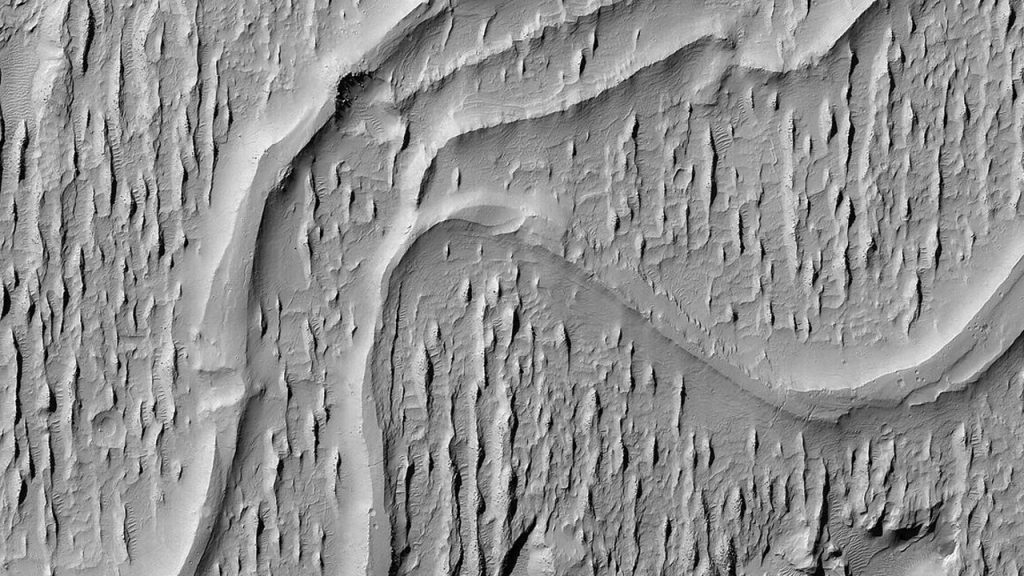
Scientists believe that Mars once had liquid water flowing on its surface. Evidence of ancient river valleys, lake beds, and minerals that form in water suggests that Mars was once a wetter and possibly habitable planet.
5. Mars Has Two Moons
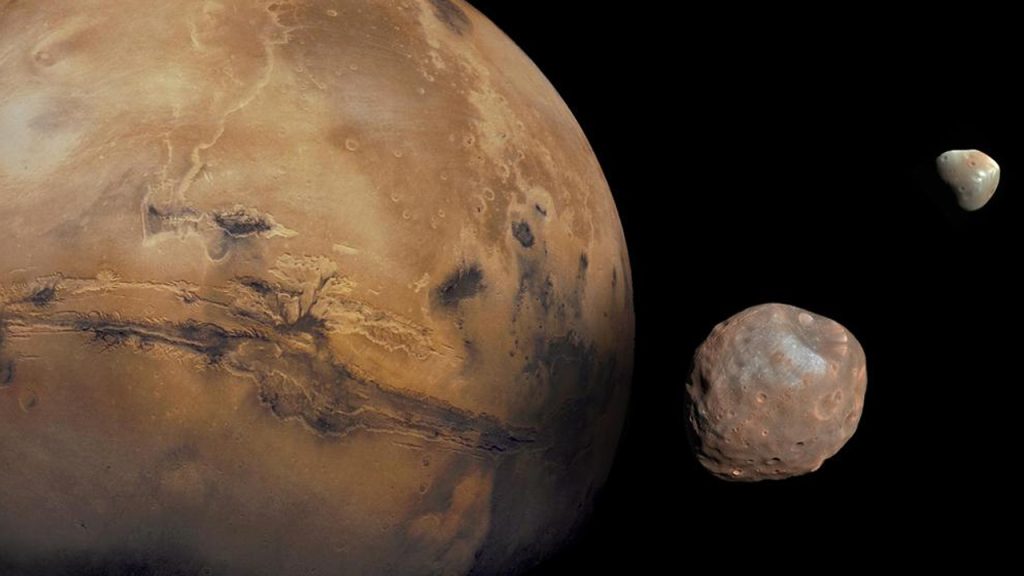
Mars has two small moons named Phobos and Deimos. These moons are thought to be captured asteroids from the nearby asteroid belt. Phobos is gradually getting closer to Mars and will eventually crash into the planet or break apart.
6. The Atmosphere of Mars Is Very Thin
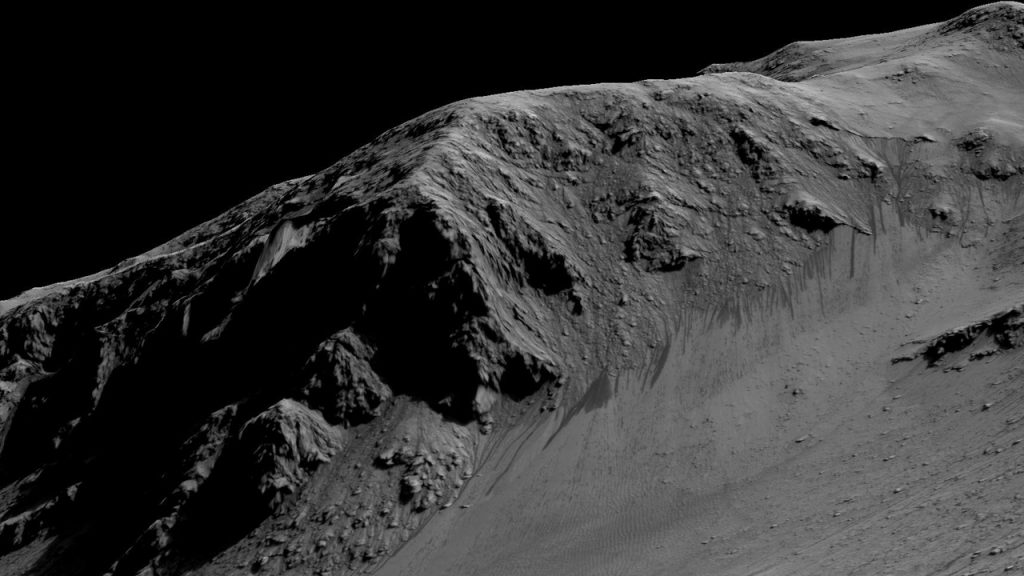
Mars’ atmosphere is about 100 times thinner than Earth’s and is composed mostly of carbon dioxide. This thin atmosphere cannot support human life as we know it, and it also means that Mars has very little protection from space radiation.
7. Mars Has Polar Ice Caps
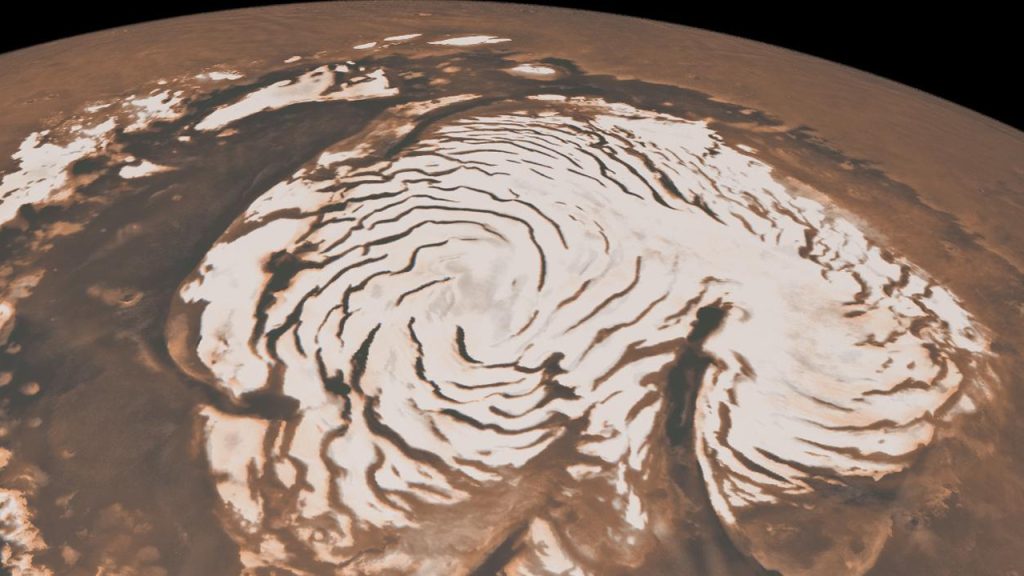
Mars has polar ice caps made of water ice and dry ice (frozen carbon dioxide). These ice caps grow and recede with the changing seasons on Mars, much like the ice caps on Earth.
8. The Red Color of Mars Comes from Rust
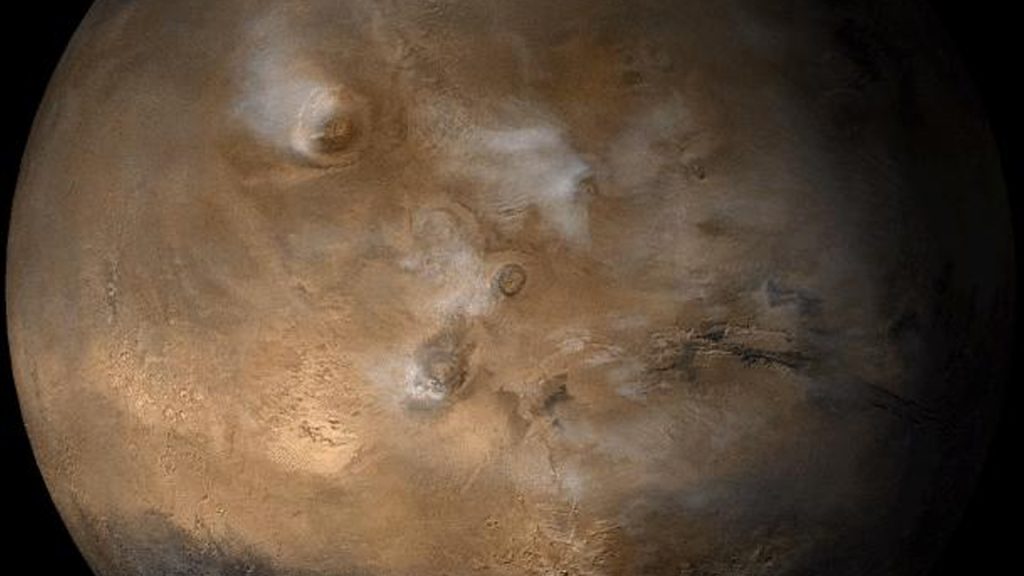
The reddish color of Mars is due to iron oxide, commonly known as rust, on its surface. This iron oxide dust gives Mars its distinctive red appearance when viewed from Earth.
9. Mars Has the Largest Canyon in the Solar System
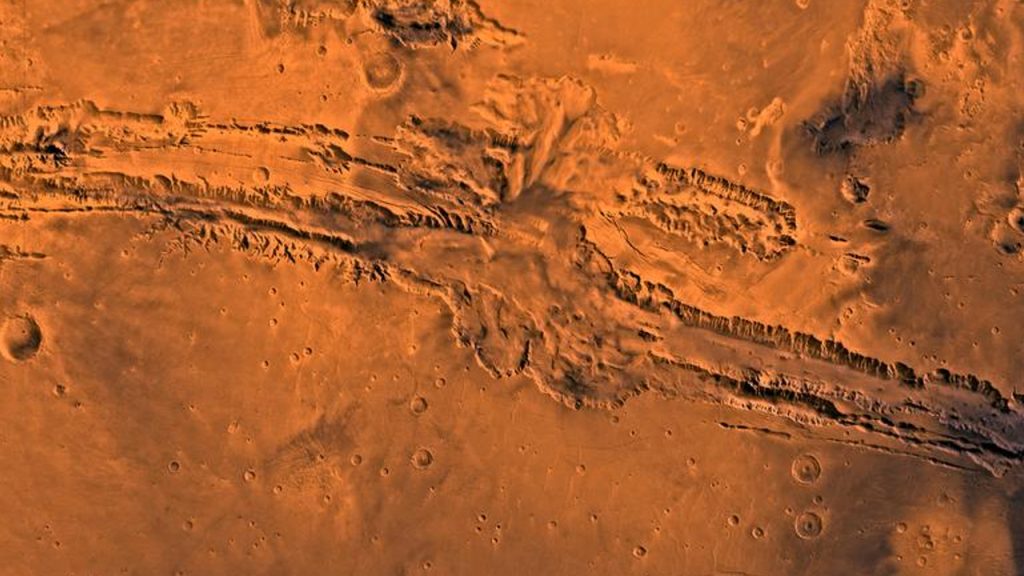
Valles Marineris is a vast canyon system on Mars that stretches over 2,500 miles (4,000 kilometers) and reaches depths of up to 7 miles (11 kilometers). It dwarfs the Grand Canyon and is the largest known canyon in the solar system.
10. Mars Has Seasons Like Earth
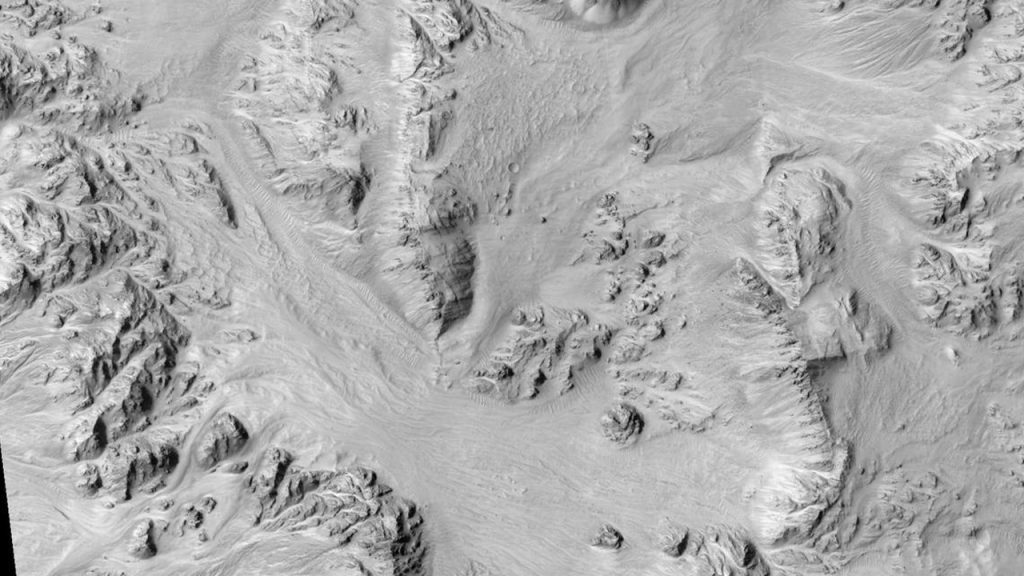
Mars experiences seasons because its axis is tilted, similar to Earth’s. However, Martian seasons last about twice as long as Earth’s because Mars takes longer to orbit the sun.
11. You Could Jump Higher on Mars

Due to Mars’ lower gravity, which is about 38% of Earth’s gravity, you could jump about three times higher on Mars than you can on Earth. This lower gravity also means that objects weigh less on Mars.
12. Mars’ Surface Is Covered with Craters
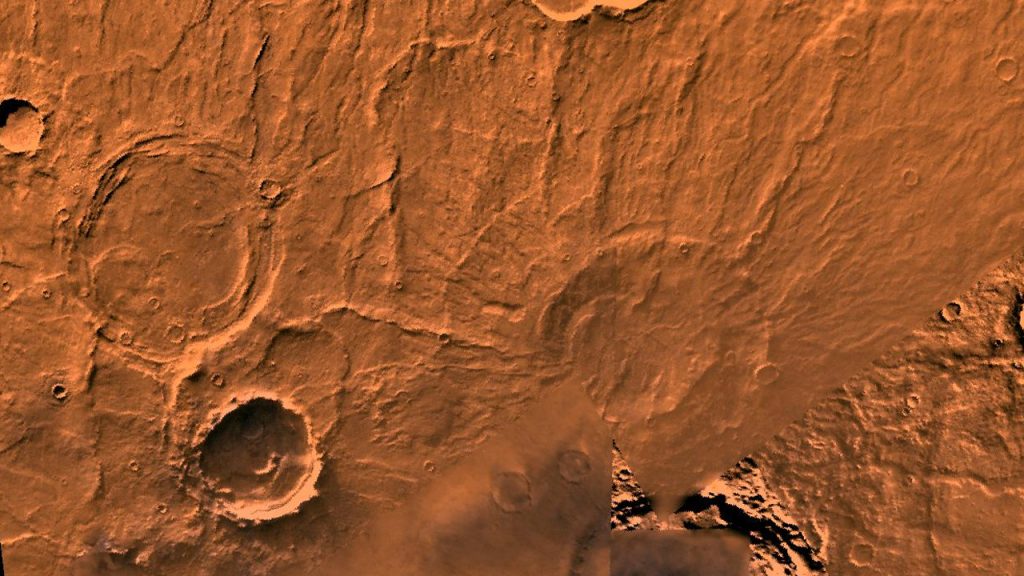
Mars is dotted with craters from asteroid impacts. The largest crater, Hellas Basin, is over 1,400 miles (2,300 kilometers) wide and about 5 miles (8 kilometers) deep, making it one of the largest impact craters in the solar system.
13. Mars Rovers Have Explored the Planet’s Surface
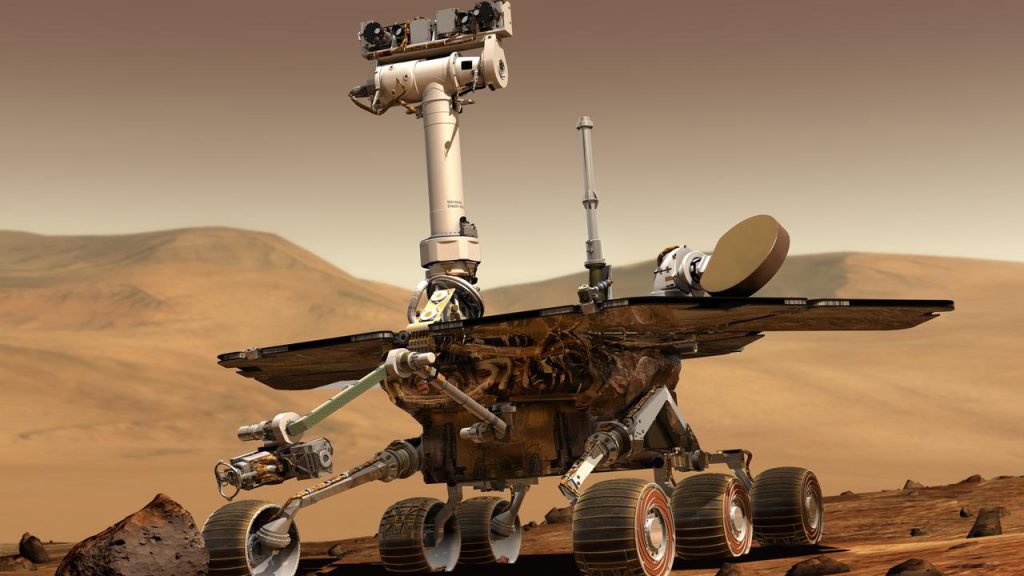
Several rovers, including Spirit, Opportunity, Curiosity, and Perseverance, have explored Mars’ surface. These robotic explorers have provided invaluable data about the planet’s geology, climate, and potential for past life.
14. Mars Might Have Subsurface Water
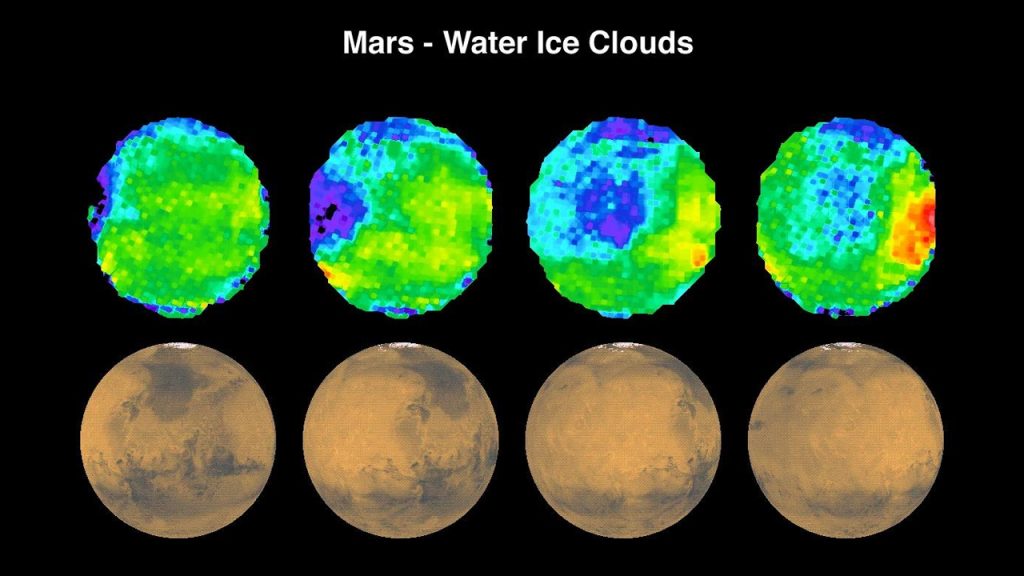
Recent studies suggest that there might be liquid water beneath Mars’ surface. Scientists have detected signals that indicate the presence of underground lakes, which could be crucial for future human missions and the search for life.
15. The Mysterious Medusae Fossae Formation
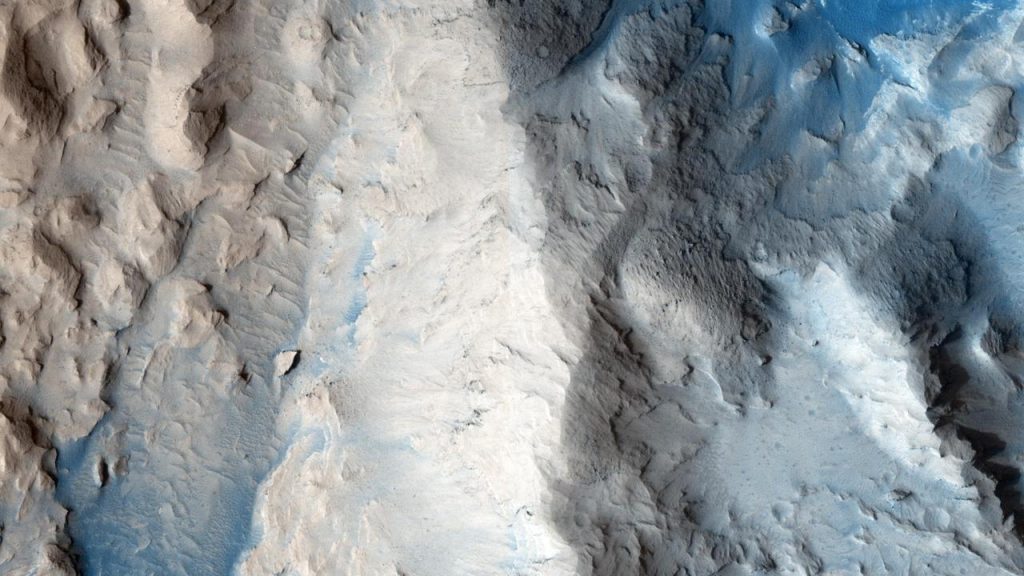
Mars has a feature called the Medusae Fossae Formation, a large, unusual geological formation that stretches about 600 miles (1,000 kilometers) along the Martian equator. It is thought to be composed of easily eroded volcanic deposits, and its origin is still a subject of scientific debate. Some theories suggest it could be the result of massive volcanic eruptions, while others propose that it might be a giant ancient ash deposit.
16. Mars Has “Blue” Sunsets

Unlike Earth, where sunsets are typically red or orange, sunsets on Mars appear blue. This is due to the way the fine dust in the Martian atmosphere scatters sunlight. The dust particles allow blue light to penetrate the atmosphere more effectively than other colors, creating a beautiful, eerie blue hue as the sun sets on the Red Planet.
Ellen has been obsessed with logic puzzles, jigsaws, and cryptograms since she was a kid. After learning she was taught how to play chess wrong by a family friend (so they could win), she joined her school chess club and the rest is history.

